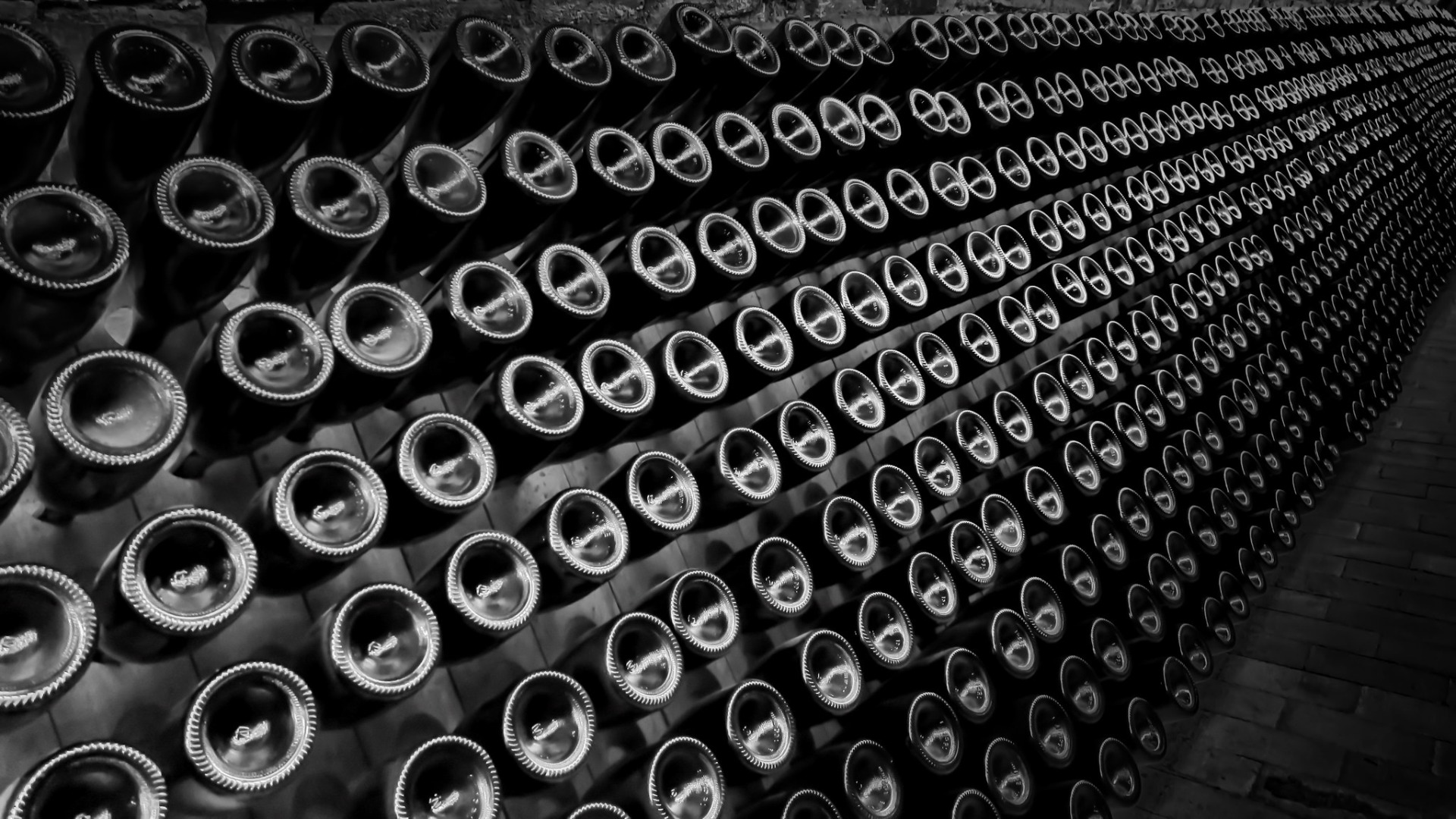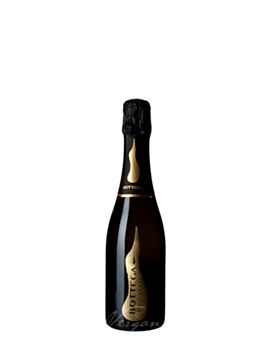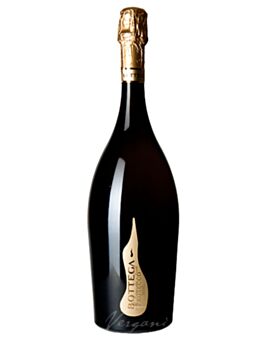Sparkling wine | Spumante


Sparkling wine
We love sparkling wines. Whether Champagne, Prosecco, Franciacorta, Cava, Spumante or Schäumer from Switzerland: for us, the "Bollicine" simply belong to a pleasurable life. Sparkling wines shine because of their different ways of making and their styles, and it is precisely this variety that makes them indispensable for us. May we seduce you a little?
Spumante or Bollicine
Sparkling wine is often called "Spumante" in Italy or listed under the heading "Bollicine". Here in Switzerland, Italian sparkling wine is often equated with Prosecco - a mistake. Prosecco DOC represents only a specific type of Italian sparkling wine, although the production volume from the area is very high. Around Lake Garda and Lake Iseo or in Trentino Alto Adige, Italy offers a wide variety of sparkling wines with traditional bottle fermentation. The big names - when it comes to bottle fermentation - remain Champagne and Cava, however. But sparkling wines from Germany, Austria or Switzerland are also becoming more and more popular, or Crémants in France, for all those sparkling wines that do not come from Champagne. Item. Here we focus in advance on the well-known sparkling wine regions of Italy.
The Franciacorta region is located a good hour's drive west of Lake Garda on Lago d'Iseo. Here, first-class Brut and Extra Brut sparkling wines are pressed. The sparkling wine from this region can easily compete with Champagne in quality and style. However, one should not compare Italy and France, Franciacorta and Champagne, one to one, because they are two completely different wines from different regions and climatic zones.
The region where Prosecco DOC may be produced is located around Treviso. It is located in the east of Veneto and partly includes the Friuli region. The heart, however, lies north of Treviso between the towns of Valdobbiadene, Asolo and Conegliano. Only in this triangle may the high-quality Prosecco Superiore DOCG be produced. For the production of Prosecco, the grape variety Glera is used almost exclusively. The proportion must be at least 85 percent. Since 2021, however, rosé variants of Prosecco have also been permitted, which may contain a higher proportion of blue grape varieties.

Since 2021, a rosé sparkling wine may also call itself Prosecco, provided that it comes from the Prosecco region and meets the relevant regulations. The sparkling Rosato convinces with its freshness, lightness and appealing fruit. It is often offered Extra Dry (i.e. sweet), which makes it even more accessible. The pink color usually comes from a small proportion of Pinot Noir grapes.
Wine produced by the classic method, i.e. by means of bottle fermentation, is basically in a good position to be an excellent sparkling wine. After the first fermentation in steel tanks, the base wines are bottled for the second fermentation. This method is called "metodo classico", "méthode traditionelle" or (formerly) "méthode champenoise". This method of winemaking was invented in France. Wines of this type convince by their full body and the fine yeast / brioche note.














